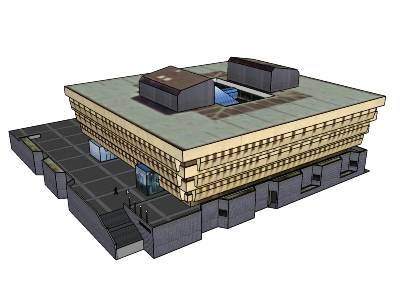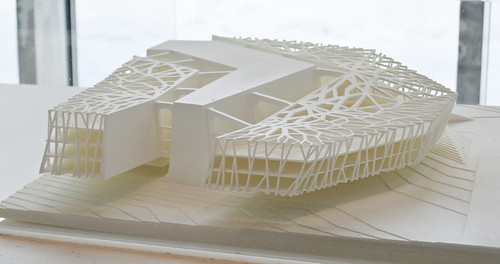3D printing is used in the Architectural, consultancy and design sectors as a means of creating complex and resistant models within shorter time periods using CAO or CAD data provided by 3D architectural or design software3D architectural or design software.
##Creating an architectural model using 3D printing
 source: A-dit-ya via Flickr
source: A-dit-ya via Flickr
3D architectural printers provide models which are smooth and detailed in appearance using a wide range of materials including rigid photopolymers which can be coloured. Production thermoplastics can be used to create resistant objects using FDM technology.
##Assisting clients in visualizing and understanding your design better 3D printing makes it possible to save time and improve communication during the manufacturing of study or artistic prototypes using models created with CAO and CAD software such as Rhinoceros 3D, AutoCAD, 3D Turbo or BIM (Building Information Modeling). Printing out detailed models enhances the ability of your clients to visualize and understand your designs, facilitating the decision making process of your projects as a result.
 source: Creative Tools via Flickr
source: Creative Tools via Flickr
##Reduction in time required to create models Highly precise details are required in order for the length of time and expenses involved in the production of construction models to be reduced. 3D printed models are additionally more resistant than traditional models.
##The construction of large models Architectural 3D printed components can be assembled using solvents or resins to create larger models.
 source: Jon Olav via Flickr
source: Jon Olav via Flickr
##Preserving your creations in the form of reusable molds 3D architectural printers can be used for repetitive processes to create smelting molds. It is also possible to produce several of them at affordable costs.
